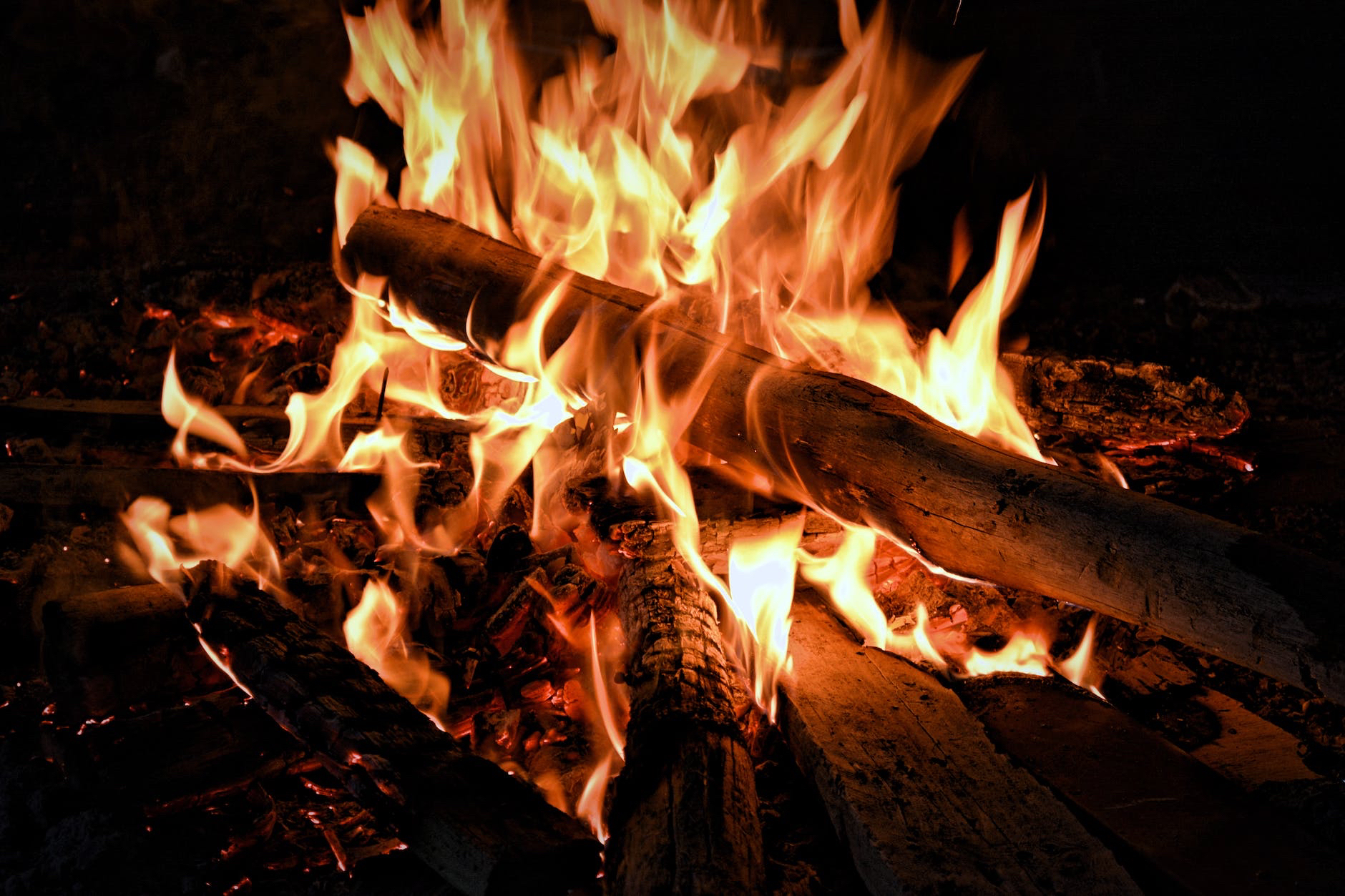Burning Bright for HaShem
According to Bilvavi, there are three ways to grow spiritually:
- Place – visiting a kever, tzaddik, or talmud chocham. Eretz Yisroel. These places can elevate and inspire you beyond your current ability.
- Time – Shabbos, Moed, Yontif, etc. These times can elevate and inspire you beyond your current ability.
- Soul – one’s own work, shteiging in mitzvos and learning (note the priority is the physical mitzvos over the learning). The inspiration and elevation on this level is limited to one’s own current ability.
What’s the value of Soul growth?
Soul growth takes the longest, but it has more permanence. It takes longer, and it’s hard work, but it also has a long-lasting effect. Time and Place growth is temporary in nature – it is limited to that Time or Place. There is an immediate surge upward but it lacks permanence; as a result there is a yeridah when that event ends.
What’s the value of Time and Place growth?
If it’s so temporary, why both? This type of growth is essential because it gives hope – it shows us the immense potential we have available for Soul growth. It is a glimpse of the higher realms.
It’s possible to do immense Soul growth while in the higher realms, and keep some of that level of inspiration, to a degree, past that Time or Place. To do so, we need to properly engage with kevanah the Place or Time. Learning, saying Tehillim, niggunim, and davening are all ways to accomplish this. Another method is, in connection with the season, engage in the appropriate Avodah.
Some examples…
- Yomim Noraim – reflection and teshuvah.
- Sukkos – taking arba minim, dwelling in the sukkah.
- Simchas Torah – dancing hakafos, l’chaims (yes, this is an important avodah).
- Chanukah – licht.
- Purim – tzedakah, chatzi shekel, seudah with wine, Mishloach Manos.
- Pesach – Bedikas and Biur Chometz, Seder Night, Achilas Matzo.
- Sefirah – Counting the Omer, internal reflection on bein adam haMakom, bein adam l’chaveiro, and bein adam l’atzmo.
- Lag B’Omer – bonfire, song, dancing, and Torah.
So what’s so special about Lag?
Lag B’Omer is a Time of inspiration. As Bilvavi puts it, “the gates of wisdom are opened.” Lag happens on the 18th of Iyar. The Gematria of Iyar with 18 equals Amalek. There is a connection to defeat Amalek during this season by being connected, sharing Torah, and simcha.
A talmid chocham must have a shmini shebishminis of ga’avah.
Sotah 5a
What is shmini shebishminis? This means an eighth of an eighth. According to the Bobover Ruv, of the ten sefiros, the eighth one is Hod. Thus, an eighth of an eighth is Hod ShebeHod.
What is Hod? It is pride, praise, often associated with ga’ava (arrogance). Thus, the Torah is saying when it comes to Hod matters, we praise and laud HaShem using our pride and joy, our inner Hod, to serve HaShem. This is an eighth of an eighth of ga’ava.
When one is involved in performing a positive mitzvah, he must set aside and clear his mind of any negativity, even the transgressions he may have committed in the past, as now is not the time to focus on anything other than the sheer bliss and privilege of serving our Creator.
Tiferes Shlomo
The Zohar says any Torah learned without feelings of love and affection does not ascend to heaven.
The power behind Lag is the ability to remove all obstacles to closeness. The main obstacle, the main power of Amalek, is his Gematria, safek (doubt). If we doubt HaShem, we cannot connect to Him.
What’s the answer?
The Zohar says “in this sefer one leaves exile.” The Gematria of Zohar is equal to bara, meaning “definite.”
Thus, at this moment, the yartzeit Rabbi Shimon bar Yochai (Rashbi), the Mechaber of the Zohar, we can tap into the power to defeat doubt, engaging in the Torah of Rashbi. According to the Bobover Ruv, the Rashbi perfected Hod ShebeHod and created a roadmap for us to follow on a balance between holy pride and humility. The Bobover Ruv argues that Rashbi is a gilgul of Moshe. Lag B’Omer has the same Gematria as Moshe, one who embodied anivus (humility). Lag is the sefirah of Hod ShebeHod. To balance this, we have the bonfire.
Also, fire 🔥.
Bonfires, lehavah, are lit on this day. Bilvavi writes this is to show us to have a big inner fire for HaShem. The Torah is like fire. To be in a state of deveikus shleymas, we need to have a lehavah of the Lev, the heart.
Fire represents rising above, seeking spirituality. It also represents ga’avah. On this day, we dance around a fire to help learn how to balance humility and pride.
Amalek seeks to separate us from HaShem. Lag seeks to burn a bright connection and passion.
Now is a season of spiritual renewal and commitment, not to keep the “height” or “length” of the hadlaka, but to keep the inner desire to burn for Hashem. Now is then we can engage the lehava within our neshama by lighting an external bonfire.
We have reached a Time of inspiration. Let us fully engage in the opportunity before us, as the Zohar HaKadosh presents, and leave exile behind. Let us dance, sing, and circle the bonfire to build a strong lehavah of the Lev.

